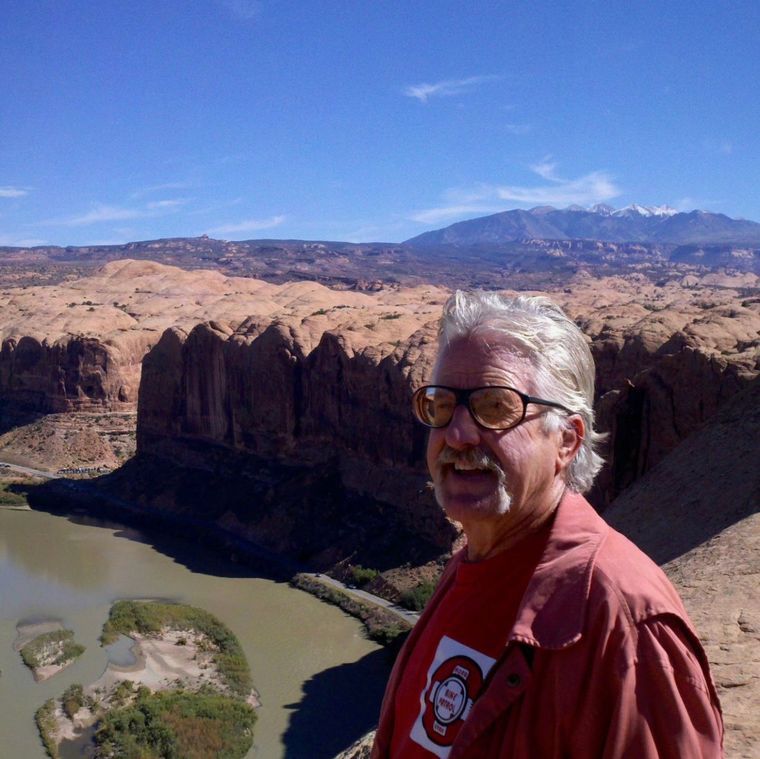Some information may be outdated.
I’ve been riding Slickrock for a long time. I started when I was pretty new to the off-road motorcycle sport, riding Slickrock because I wanted to ride where, if I crashed and needed help, someone would come along.
After years and countless rides on Slickrock, you start to feel like you can ride forever. You’ve built up the knowledge of the trail and the reflexes to handle any of the obstacles out there. It gets easy.
Then, things start to look different. You look around for the guys you rode with for all those years, and they aren’t on the trail anymore. You swing a foot over the fender of the bike you’ve ridden for 16 years, and you find it’s gotten taller and harder to reach. You kick the lever to get started and find it doesn’t start right away. In fact, you usually, especially on cold mornings, have to roll it down the hill to get it going. You try to be sure you stop on a downhill on the trail whenever you do stop out there. If you don’t, you may have to accept help as I did when a teenager offered to kick-start my bike for me when I couldn’t get it to go. He did it with one kick.
You can rationalize your way past a lot of this, but, there comes a day when you are faced with the ultimate failure, the ultimate sign that your previous life as a motorcyclist on Slickrock may be coming to an end.
That sign shows up when you fall and cannot pick up your bike. It got me once in the early spring. I slipped on a side hill of wet rock and spun clear around so the bike was upside down on a 45-degree slope. I couldn’t lift it.
The next fall was in sand. Again, I was talking to the bike and myself when I heard an angel say, “I can help you.” She was a bicyclist from ahead who had heard me crash and came back. Together we lifted the bike.
Neither crash amounted to much, and I (narrowly) escaped injury, but I saw the sign. I wondered if it was time to give it up.
Then I came to a new thought. If I couldn’t lift or ride a tall, heavy bike, maybe I could find a low, light bike. By definition, a low, light bike is a trials bike. These are very popular in Europe and have been for a long time. I went for an education on YouTube and decided to get a Honda Montesa trials bike.
This bike weighs half what my old bike weighed. It has no seat and no seat height. Getting on and off is easy. Yes, it’s very different to ride, and it takes a lot of adjustment to the riding reflexes, but it’s light and low.
In the first four days of riding, I crashed five different ways, learning each time. I wasn’t sure I could learn enough to get past the clumsy stage before I got injured, but, with luck and body armor, I kept on. The one spot of encouragement was simple. Each time I crashed, I could pick it up!
Finally, on the fifth day, I was able to ride Slickrock without any crashes. It began to feel comfortable. I even rode the Abyss, both ways, conquering the toughest obstacle on the trail. I stopped and shouted to Debbie, off in the distance where she’d watched and worried, “I did it!”
I’ve learned that there will be a time to stop. There will be a time when I cannot do it any longer. We all have to accept that things change.
But, for now, I can ride Slickrock for a while longer.
Jim Walker rides Slickrock for the Moab Bike Patrol, managed by the BLM, directed by Russ Von Koch.
Appreciate the coverage? Help keep local news alive.
Chip in to support the Moab Sun News.



